Tibetan Conch Shell with Sahasrabhuja Avalokiteswara
$110.00
CompareTibetan Conch Shell with Sahasrabhuja Avalokiteswara Hand Carved
Weight: 1.14 kg
Size: 20 cm
Material: Conch shell
About the Product
Sankha: Brief Introduction
An offering vessel; a symbol of Vishnu. In Hindu tradition the conch shell seems to have been extensively used in wars by ancient Indian. The white conch shell whose humming sound proclaims the glory of the saints. It is especially given as a symbol to the gods as the sound vibrated through a shell penetrates far and wide.CONCH SHELL: IconographicThe conch shell this has been used as the original from the past ancient times in ancient history of Nepal and India these horns are used to commence is any rituals or worn. Popularly known as Shanka is a musical instrument blow by the lord Krishna to declare the start of the war of Mahabharata. in all the epic stories of Hinduism shankha has been described being carried by all the heroes of the past.
In Vajrayana Buddhism.This has been recognised as the symbol of fearlessness and proclaimed the truth of dharma. This is the one of the eight symbols of good fortune this stands for the popularity and fame of Buddhist teaching which spread in all direction like the sound of the Conch Trumpet.
In addition to Buddha’s throat the conch also appears as an auspicious mark on the soles palms limbs breast or forehead of a divinely endowed being.
The fourfold caste division is also applied as follows:
The smooth white conch represents the Brahmin caste (priests)
The red conch the kshatriyas (warriors)
The yellow conch the vaishyas (merchants)
The grey conch the shudras (labourers)

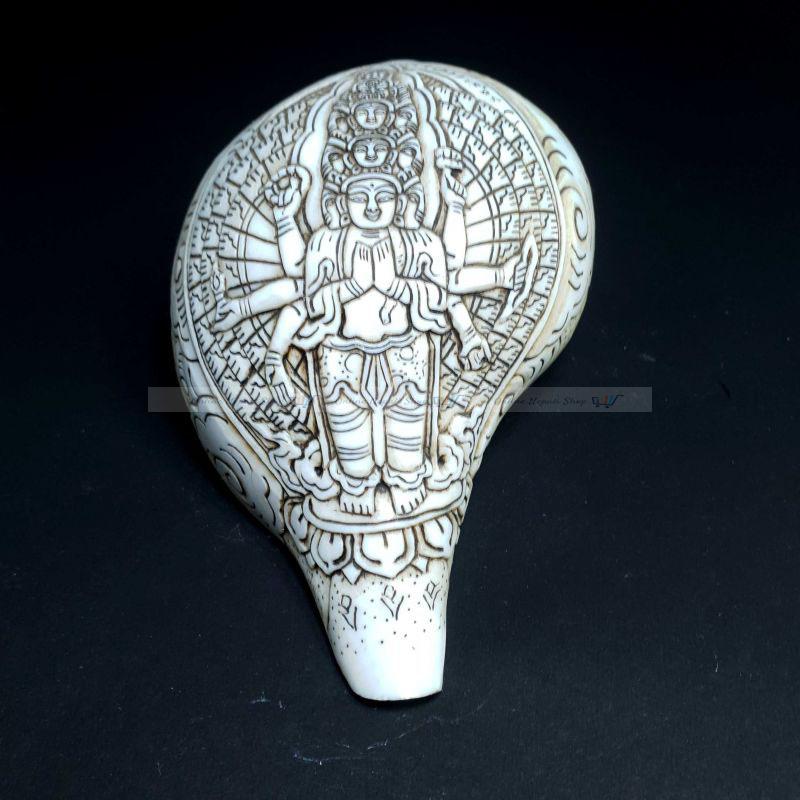
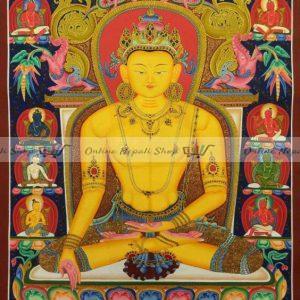
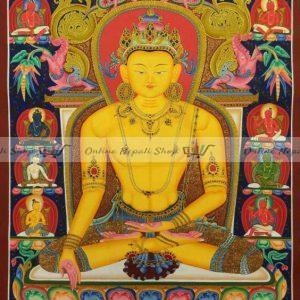
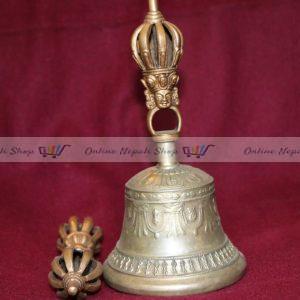
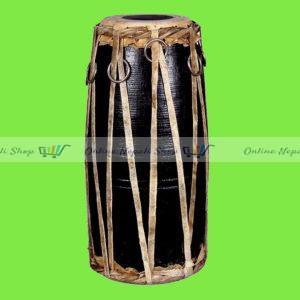
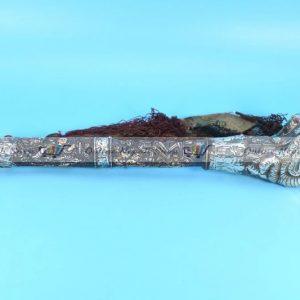
There are no reviews yet.